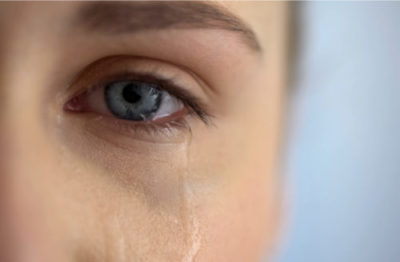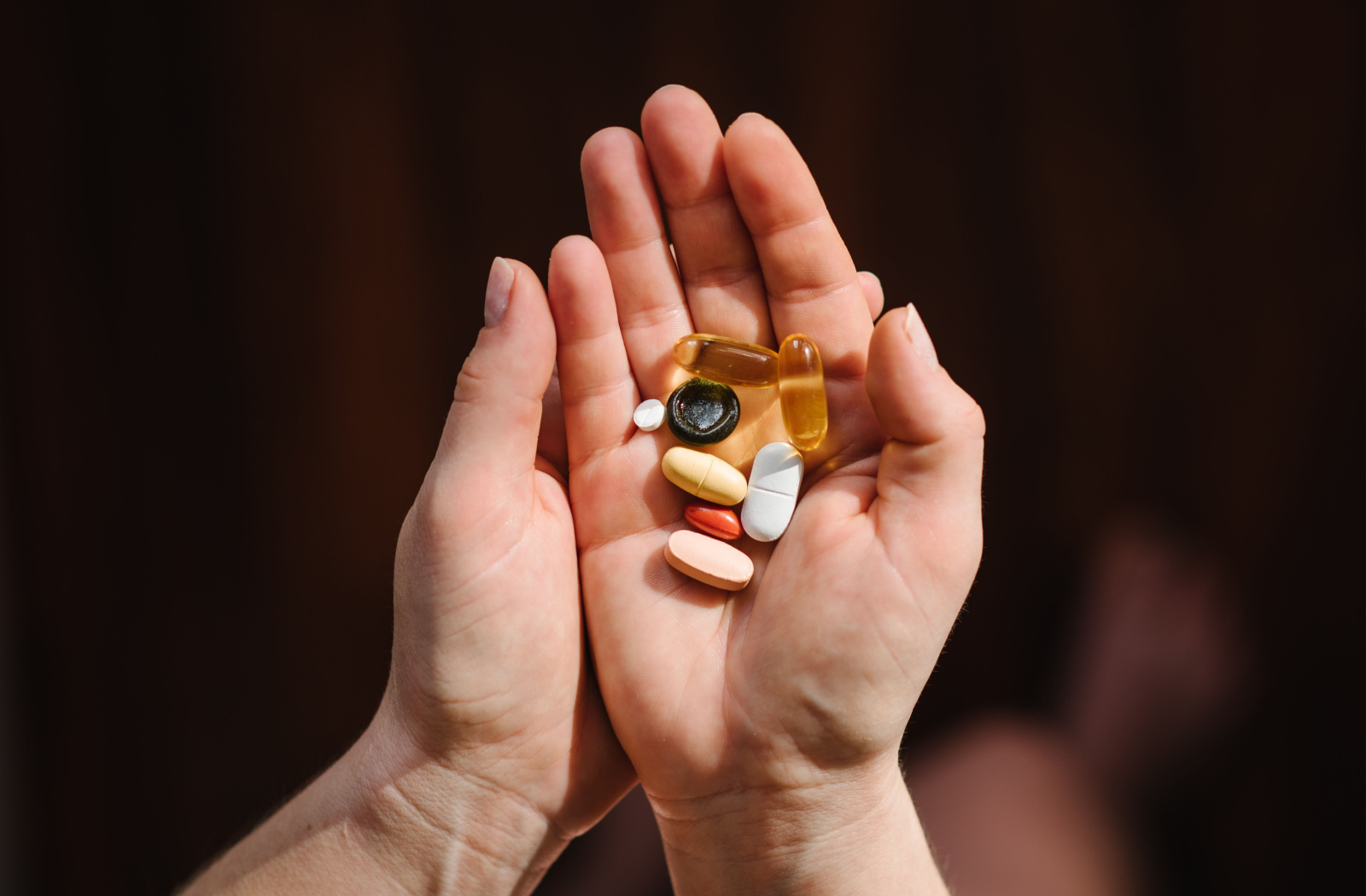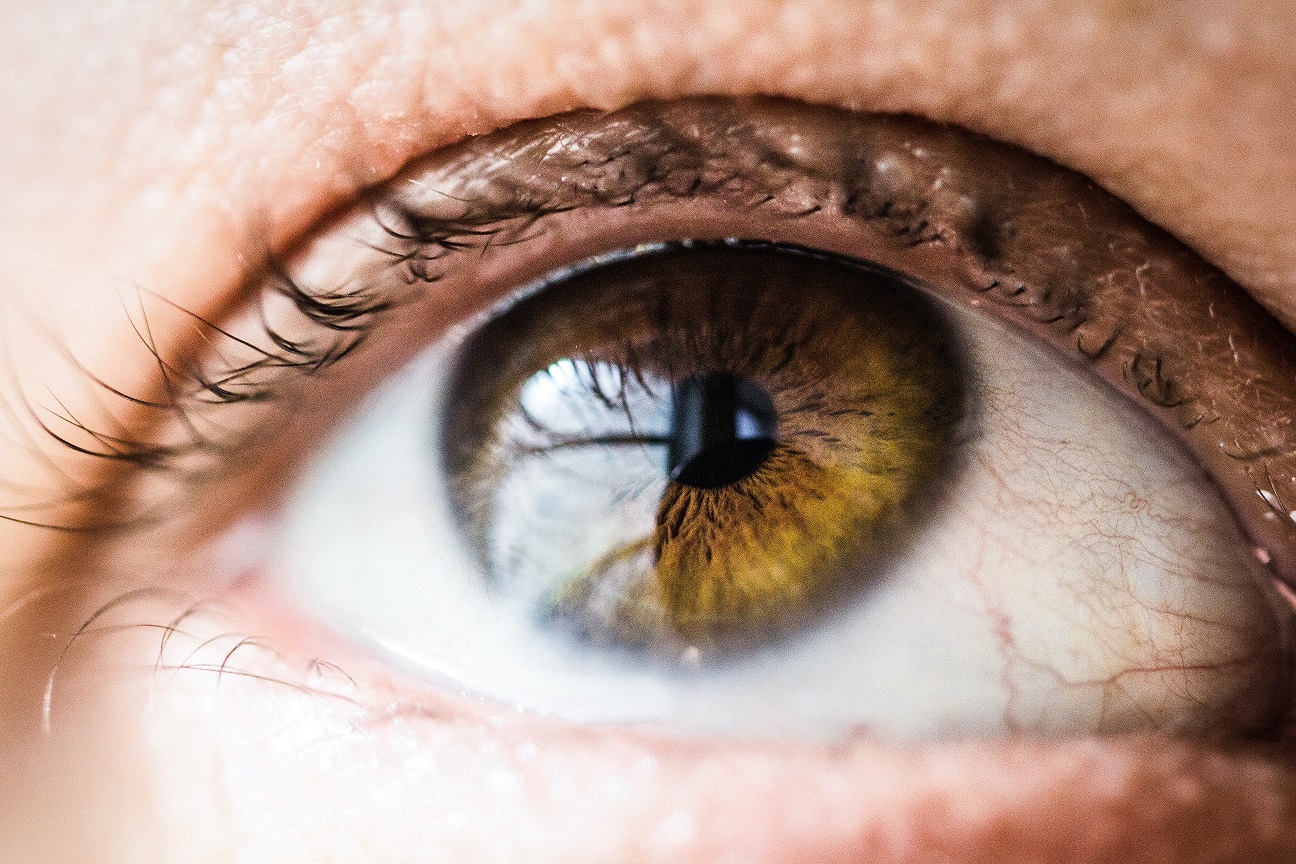The lacrimal system is an intricate structure that is responsible for creating tears and draining tears. The lacrimal gland produces tears that secrete onto the surfaces of the eye. Your lacrimal gland is similar to a water tank storage.
Next, we have the lacrimal apparatus which consists of the lacrimal sac and the nasolacrimal duct. Think of this apparatus as the plumbing system where the water (a.k.a. your tears) flow through.
If any section of the lacrimal system starts to break down, you may suffer from dry eye.
Lacrimal System and Dry Eye
You need the proper balance of oil, water and protein to have healthy tears. If you do not have enough water, this is known as aqueous deficient dry eye. This can be caused by a non-functioning water tank (your lacrimal gland).
When there isn’t enough oil in the tears, that is known as evaporative dry eye. You can also get a mix of both aqueous and evaporative dry eyes.
Listed below are related dry eye symptoms caused by a non-functioning lacrimal system:
- Blocked tear opening: Your drain is closed or is extremely narrow and as a result, your tears are overflowing.
- Blocked tear duct: Your drainage system is clogged so your tears are overflowing and you cannot drain the tears properly.
- Low production of tears: This is commonly associated with Sjogren’s Syndrome (SS). SS is a disorder of your immune system that attacks certain glands of the body. One of the glands is the water tank – the lacrimal gland.
Treatment Options
If you have problems with your tears and tear flow, your dry eye optometrist will be able to assist you. If you have a blocked tear opening, your optometrist will perform a safe procedure called dilation and irrigation. Dilation and irrigation will help open your tear opening and allow your tears to flow properly. It will also assist by unclogging the drainage system.

On the other hand, if a blocked tear duct is not solved by dilation and irrigation then it will need a referral to a surgeon. The surgeon will perform a surgery called dacryocystorhinostomy.
If you do not produce enough tears, your optometrist will refer you to your family doctor or a rheumatologist to test for SS. Dry eyes related to SS need constant management and care of the ocular surface. You can read our blog on SS and its treatments here.
Ask Your Doctor
Visit one of our MyDryEye clinics to have a dry eye evaluation and a thorough examination of your lacrimal system. Your optometrist can determine if you need more treatment such as dilation and irrigation. If you would like to speak to a dry eye doctor about these advanced treatment options, contact your nearest MyDryEye clinic.









